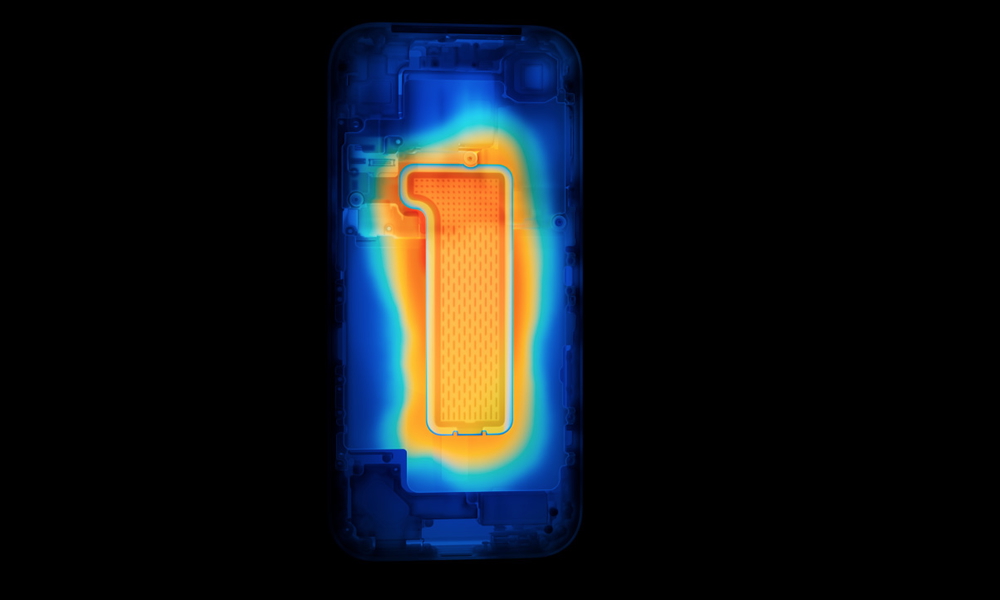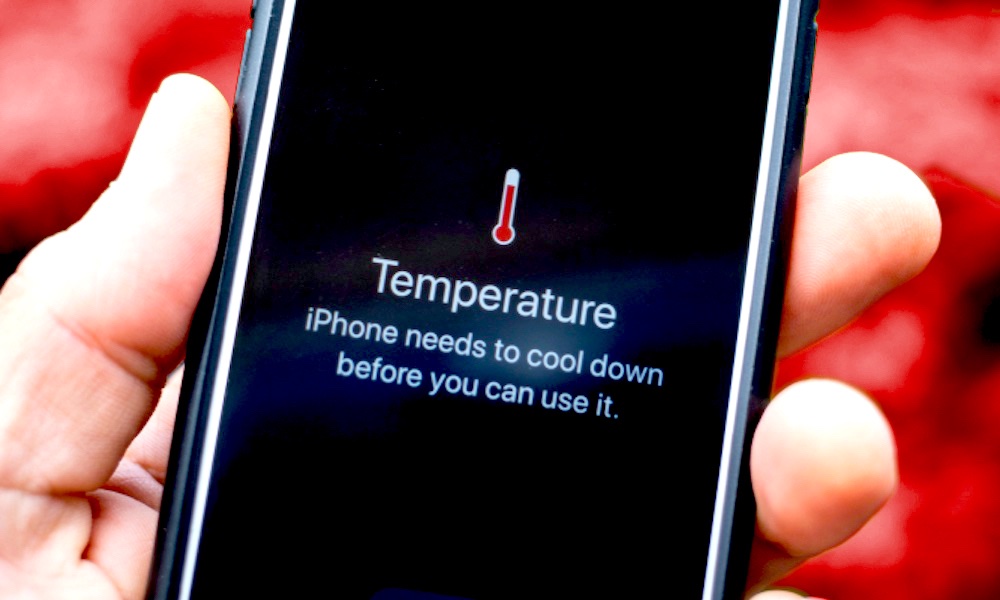What Is Vapor Chamber Cooling and What Does It Mean for the iPhone 17 Pro?
 Apple
Apple
Toggle Dark Mode
Over the years, some of Apple’s flagship model iPhones have been plagued with overheating issues. The concerns with an overheating iPhone are twofold: safety and performance.
In 2023, new owners of the iPhone 15 Pro and Pro Max reported a variety of complaints, including their phones being too hot to touch while charging, feeling unusually warm during phone calls, and noticing heat while the phone was idle. One test also showed that the performance of an iPhone 15 Pro Max was reduced by 25 percent after two minutes.
Apple acknowledged and addressed the issue with a software update while also pointing to updates made to some third-party apps. At the same time, the company assured customers there’s no safety issue or long-term performance impact. Apple also said it’s common for new iPhones to run hotter than normal for the first few days out of the box.
However, last year, some users experienced similar issues with the iPhone 16 Pro models, claiming they either noticed the phone’s temperature increase or received temperature alerts during normal activities like scrolling social media or watching a video.
The iPhone Pro and Pro Max aren’t just designed to show off Apple’s latest and cutting-edge technology. They’re made for users who require the extra computing power and efficiency to handle tasks like photography, videography, gaming, and multitasking. These buyers don’t just expect performance, but sustained performance. Apple needed a solution for the iPhone 17 Pro.
The iPhone 17 Pro models feature Apple’s new A19 Pro chip, built to accommodate demanding users, whether they’re gaming, video editing, or using AI. According to Apple, the iPhone 17 Pro models will be able to achieve 40 percent more sustained performance than their predecessors. Appe’s trick? Pairing this new chip with a custom-designed vapor chamber for improved cooling.
What’s a Vapor Chamber?
A vapor chamber is a thermal management system often used in electronic devices. In this case, it’s a thin metal enclosure filled with deionized water and laser-welded into the iPhone Pro’s aluminum chassis. Here’s how it works:
- As the iPhone produces heat from its processor or battery, the deionized water inside the chamber absorbs the heat and evaporates…into vapor.
- The vapor then spreads across the chamber away from the hot components, or hotspot.
- As the vapor spreads to the cooler areas of the chamber, it condenses back into a liquid, and the heat is absorbed and released by the aerospace-grade aluminum alloy unibody (condensation). Apple claims that the newly designed aluminum unibody has 20 times greater thermal conductivity than the titanium used in the previous generation.
- As the water condenses back into a liquid, it recirculates through the chamber to the heat source, and the cycle restarts.
While the iPhone 17 Pro models are the first iPhones to use vapor chambers for thermal management, they’re also used to cool some Android smartphones like the Samsung Galaxy S25 series and the OnePlus 13. The iPhone 17 Pro models are the first-ever Apple products to use this method of cooling. There’s no doubt a tremendous amount of engineering went into resolving user complaints about the iPhone Pro’s overheating issues. Let’s see if Apple hit the mark.









